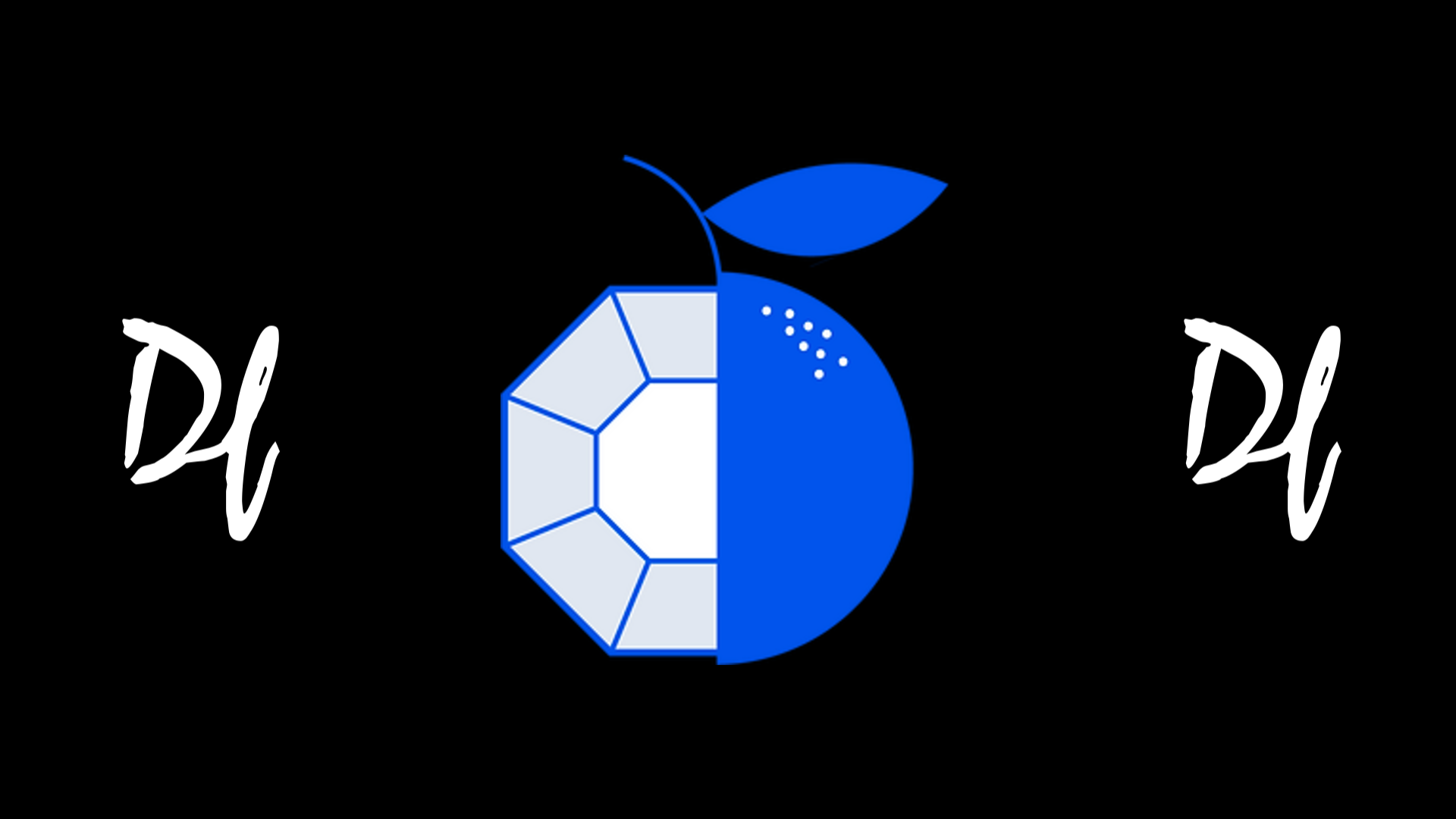PEACH Framework

The PEACH framework aims to address this issue by providing a structured approach to modeling and improving tenant isolation in cloud SaaS and PaaS applications.
What is the PEACH Framework?
The PEACH framework is a step-by-step guide designed to help cloud application developers and customers understand and improve tenant isolation. It focuses on managing the attack surface exposed by user interfaces and provides a clear standard for transparency on tenant isolation assurance.
The Tenant Isolation Problem
Tenant isolation is the practice of ensuring that different tenants (or customers) using the same cloud service are isolated from each other to prevent unauthorized access to data. However, flawed security boundaries can lead to vulnerabilities that allow malicious actors to bypass this isolation. The PEACH framework was inspired by the discovery of several such vulnerabilities, including ChaosDB, ExtraReplica, AttachMe, and Hell’s Keychain.
The PEACH Framework in Detail
Step 1: Modeling Tenant Isolation
The first step in implementing the PEACH framework is to conduct an isolation review. This involves analyzing the risks associated with customer-facing interfaces and determining the strength of existing security boundaries. The framework uses five parameters, abbreviated as P.E.A.C.H., to measure this strength:
- Privilege Hardening: Ensuring minimal permissions in the service environment for tenants and hosts.
- Encryption Hardening: Encrypting each tenant's data with a unique key.
- Authentication Hardening: Using a validated key unique to each tenant for communications.
- Connectivity Hardening: Blocking all inter-host connectivity by default unless approved by the tenants.
- Hygiene: Purging unnecessary secrets, software, and logs to avoid leaving clues for malicious actors.
Step 2: Improving Tenant Isolation
Once the isolation model is established, the next step is identifying and addressing potential weaknesses. This can include:
- Reducing Interface Complexity: Limiting the actions a user can perform to reduce the attacker's control.
- Improving Tenant Separation: Replacing or hardening existing security boundaries.
- Increasing Interface Duplication: Limiting the impact of vulnerabilities by duplicating shared components.
Promoting Collaboration and Vendor Transparency
The PEACH framework fosters industry-wide collaboration on tenant isolation issues and promotes vendor trust through transparency. It provides a method for abstracting preventative controls into a codified representation of isolation posture without revealing sensitive architectural details.
Questions to Ponder
- How can the PEACH framework be integrated into existing cloud security protocols?
- What are the potential challenges in implementing the PEACH framework in a multi-tenant environment?
- How can the PEACH framework adapt to emerging cloud security threats?
Integrating the PEACH Framework into Existing Cloud Security Protocols
Understanding Existing Protocols
Before integrating the PEACH framework, it's crucial to thoroughly understand the existing cloud security protocols in place. This includes encryption methods, authentication processes, and other security measures that protect data and ensure tenant isolation.
Steps for Integration
- Gap Analysis: Conduct a gap analysis to identify the areas where the PEACH framework can add value to existing protocols.
- Risk Assessment: Evaluate the risks associated with integrating a new framework and how they can be mitigated.
- Pilot Testing: Run a pilot test to assess the compatibility of the PEACH framework with existing systems.
- Training: Educate the team on the PEACH framework's principles and how they align with current protocols.
- Monitoring and Feedback: Continuously monitor the system for any security lapses and gather feedback for improvement.
Challenges in Implementing the PEACH Framework in a Multi-Tenant Environment
Key Challenges
- Complexity: Multi-tenant environments are inherently complex, making the implementation of a new framework challenging.
- Resource Allocation: Ensuring that resources are efficiently allocated among multiple tenants can be difficult.
- Data Privacy: Maintaining the privacy of each tenant's data while implementing new security measures is crucial.
Mitigating Challenges
- Phased Implementation: Roll out the framework in phases to monitor its impact and make necessary adjustments.
- Customization: Customize the framework to suit a multi-tenant environment's specific needs and constraints.
- Compliance Checks: Regularly conduct compliance checks to ensure the framework effectively maintains tenant isolation.
Adapting the PEACH Framework to Emerging Cloud Security Threats
Understanding Emerging Threats
Keeping abreast of emerging threats is crucial for any security framework. Regular updates and revisions are necessary to ensure the framework remains effective against new attacks.
Adaptation Strategies
- Regular Updates: The framework should be updated regularly to include protections against new threats.
- Community Input: Leverage the cloud security community's knowledge and experience to identify potential improvement areas.
- Scalability: Ensure the framework is scalable to adapt to increasing data loads and more complex attack vectors.
Sources & Credits
Acknowledgments
Developing the PEACH framework has been collaborative, with valuable feedback from cloud security experts like Christophe Parisel, Cfir Cohen, Kat Traxler, and many others.
Further Reading
For those interested in diving deeper into cloud security and tenant isolation, the PEACH framework builds upon prior work by AWS, Azure, IBM, Oracle, and the UK's National Cyber Security Centre (NCSC).
Links
- https://www.peach.wiz.io/
- https://www.wiz.io/blog/introducing-peach-a-tenant-isolation-framework-for-cloud-applications
- https://github.com/wiz-sec-public/peach-framework
- https://www.linkedin.com/pulse/peach-framework-genai-jake-howering/
- https://www.datocms-assets.com/75231/1671033753-peach_whitepaper_ver1-1.pdf
- https://wiki.mozilla.org/Security/Fuzzing/Peach
- https://www.csoonline.com/article/574213/wiz-debuts-peach-tenant-isolation-framework-for-cloud-applications.html
- https://www.helpnetsecurity.com/2022/12/16/wiz-peach-framework/
- https://twitter.com/AmitaiCo